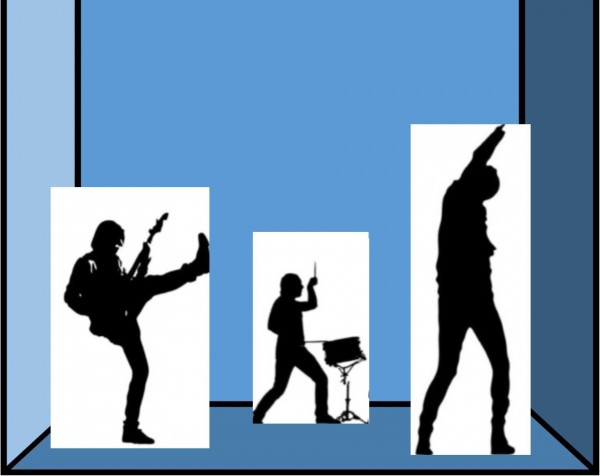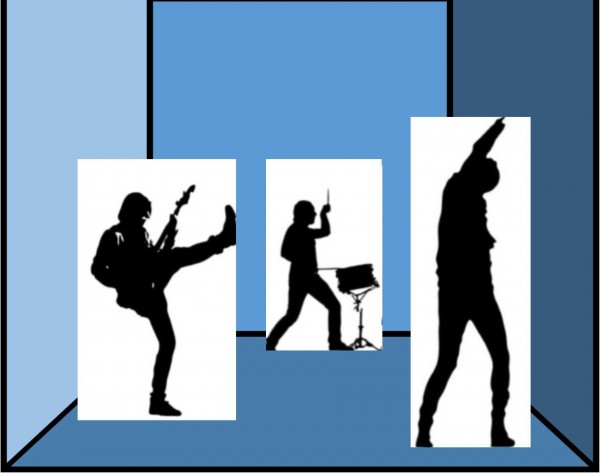What do the best audio cables and interconnects sound like? Part 4 - Space and air or drama and emotion
20th June 2020
A guide to what the best audio cables and interconnects sound like part 4-Space and air or drama and emotion
2.jpg)
Hifi systems are hugely more capable than many audiophiles imagine but getting the best from them requires correctly matched audio cables
One correspondent got in touch recently to ask, ‘I notice that your cables have the tuning capability to deliver “More analytical focus” or “More live feel to the soundstage with larger images”. Why can we not have both? These are issues that the hifi industry seem unable to deliver on.’
Our photography analogy in Part 1 of this blog series illustrates the answer. If we take an image and enlarge it, that image will lose some outline definition or ‘focus’. By enlarging the image we are immersed more in the image, it takes up more of our visual consciousness.
Enlarging the image is what we are doing by adding a spacer at loop 7 in our Experience880 tunable audio cable. We are moving from an emphasis on ‘analytical focus’ to one of ‘larger images’, with less distinct outlines.
One of our customers noted this when tuning his audio system. He told us, “Adding a spacer at 5 brought immediate benefits in almost all instances (using the Experience680 and Experience880 cables). Adding one at 7 was less successful; it seemed that some of that micro detail 5 had brought in by adding focus was being lost.”
Why is it more likely that larger images rather than smaller ones sound more like a live experience?
One explanation is to suggest that it is the brain, not the ears or the audio industry, which is responsible. This is because the ears are not microphones and the brain is not a tape recorder.
Put simply, if your brain concentrates on musical detail from your hifi system, such as the use of the snare drum within an enlarged image, it isn’t capable of analysing the myriad details elsewhere in the soundstage at the same time. We can turn our attention to all sorts of other details whilst listening, but we can’t take all details in at once.
So, a larger image presentation can highlight the singer, but that means less analytical awareness of the supporting musicians. However, push the images away from the listener and individual detail within each image is less apparent and makes it easier for the brain to take in the soundstage and singer as a musical whole. For these reasons the larger image presentations may reflect the less controlled experience of listening to a live musical performance — something the brain recognises.
4.jpg)
So far in our What do the best audio cables sound like? blog series, we have explored presentations that you can experience by using different audio cables. Using our tunable interconnects, we have created focus by tuning loop 5, enlarged the soundstage and images by adding a spacer at loop 7, and sharpened up these larger images by increasing depth when we added tuning at loop 9.
We could leave the tuning as it is, but the cable is capable of releasing a little more air and space, which is mainly heard around the mid and upper frequencies. We can choose between loops 14 or 15.

Adding in the tuning of loop 15, the first thing to notice from your hifi system is that there is an extension of the soundstage from front to back as shown below.

Not surprisingly this allows more space between musical images within this dimension. The result is that drums sound as though they are towards the back, next to the studio walls… Yes, we now have the impression of the shape of the studio.
The greater perspective depth we gained with the addition of loop 9 is heightened, so we appear to get a little more information from the brass on the right as though we have teased out the musicians. The guitar on the left feels still full-bodied but appears more ‘visible’ in a less cluttered space.
We get a greater sense of the musician working the bass. The timbre was there before but it now appears more clearly. The soundstage from the audio system as a whole from side to side and from top to bottom is the same as the last time we made a changes at 7 and 9.
What I found interesting about this tuning configuration is how it is perceived by different ears. I talk about air and space when adding a spacer at loop 14 or 15, whereas one of our customers using the same tuning told us, “I remain undecided about the benefits of going further down the cable towards 14 or 15 other than with orchestral music where strings came to the fore much more adding drama and emotion.” As I said, the ears are not microphones and the brain not a tape recorder. We tune our hifi audio systems according to our own perceptions and preferences.
Any good system should have the potential to allow the listener to dwell on individual instruments and enjoy the musicianship or relax and let the whole track wash over us as a coherent whole—or indeed any number of different preferences. At the end of the day some will choose to enjoy their music without this refinement, but in order to make that choice you have to be aware of the options in the first place, and that is what the best audio interconnect and speaker cables, allow.
The right audio interconnects and speaker cables can release different perspectives from existing amplifiers, audio sources and loudspeakers without the need to ‘upgrade’. Experimenting with different interconnects is also a valuable education of itself, giving us an insight into what we really want musically and emotionally from the tracks we play.
Once your can define more exactly what pleases you most, you can create the sound, sit back and enjoy.
What do the best audio cables and interconnects sound like? Part 1
What do the best audio cables and interconnects sound like? Part 2 - Image and Soundstage Size
© C J Bell

